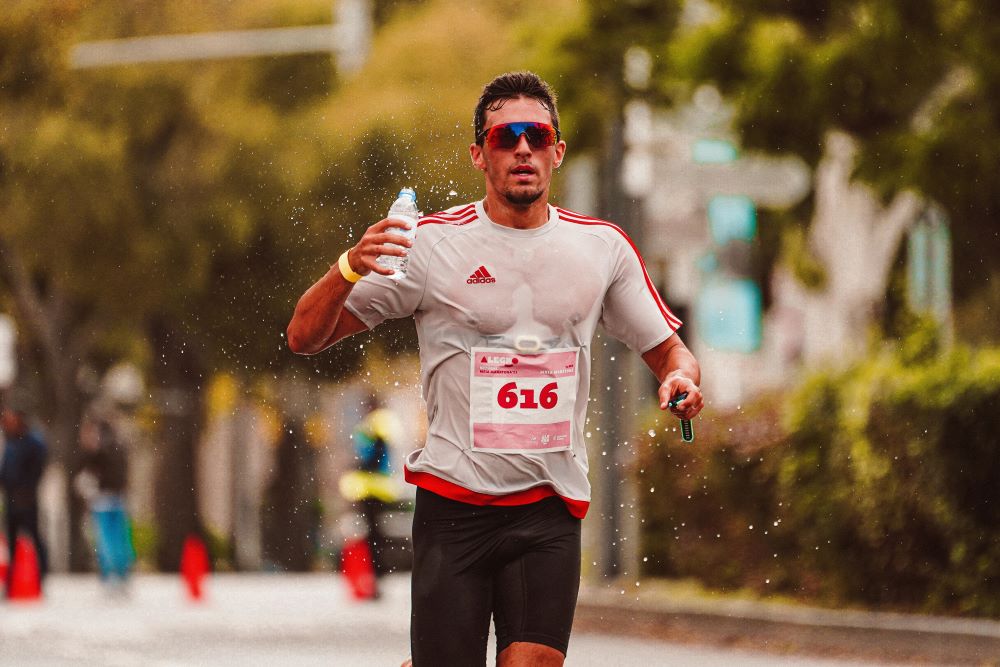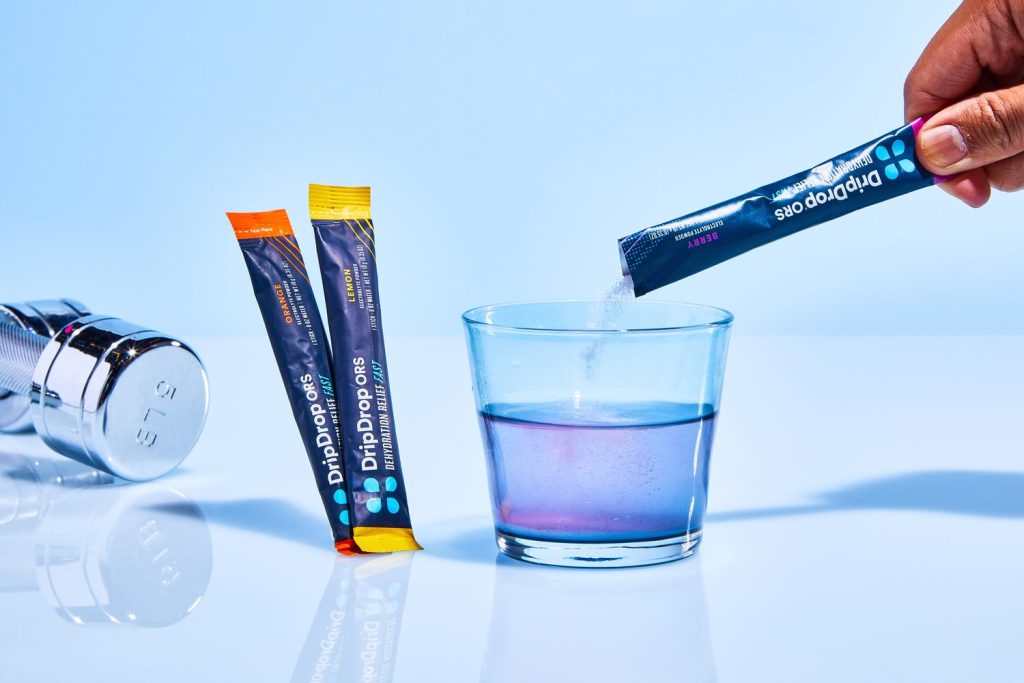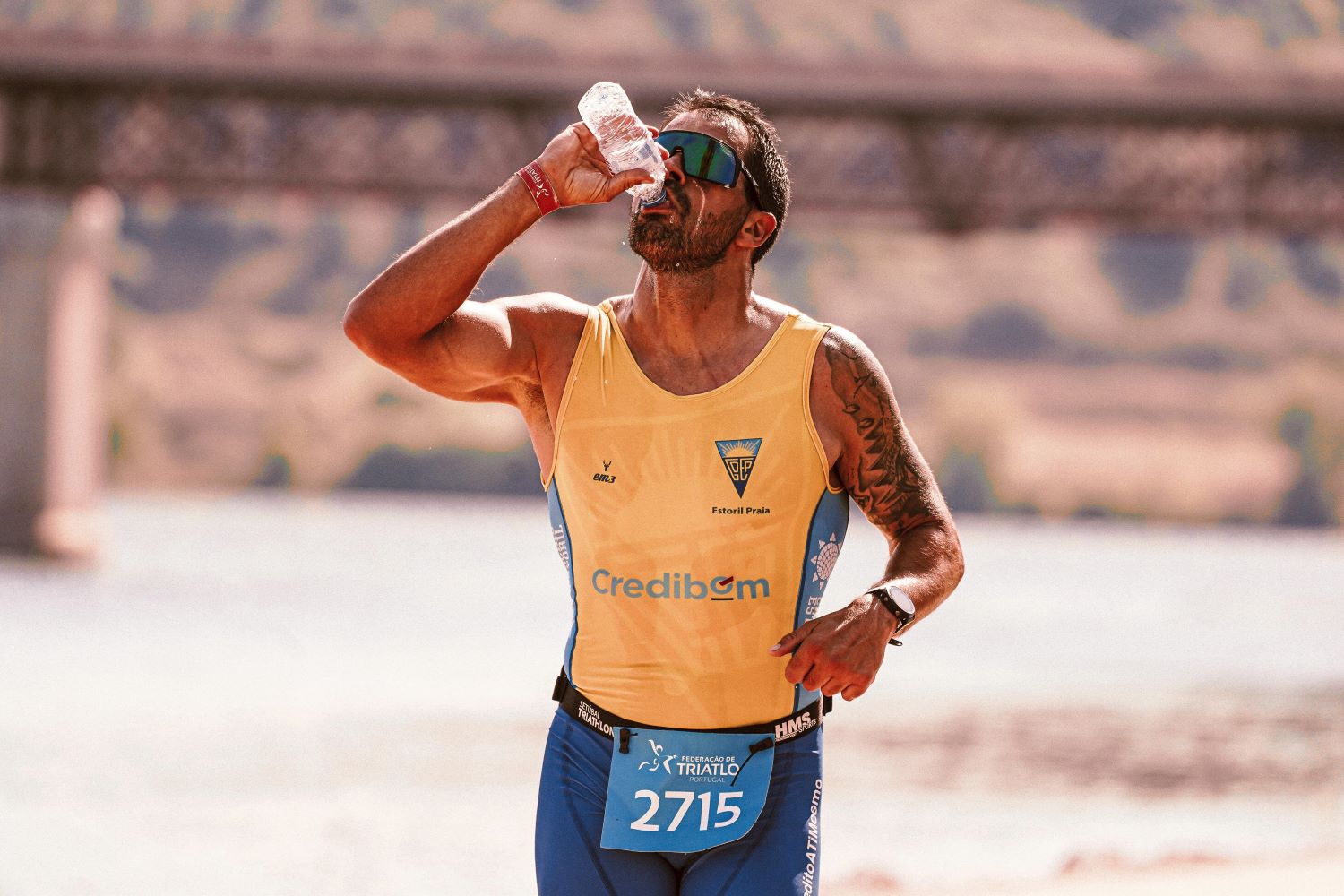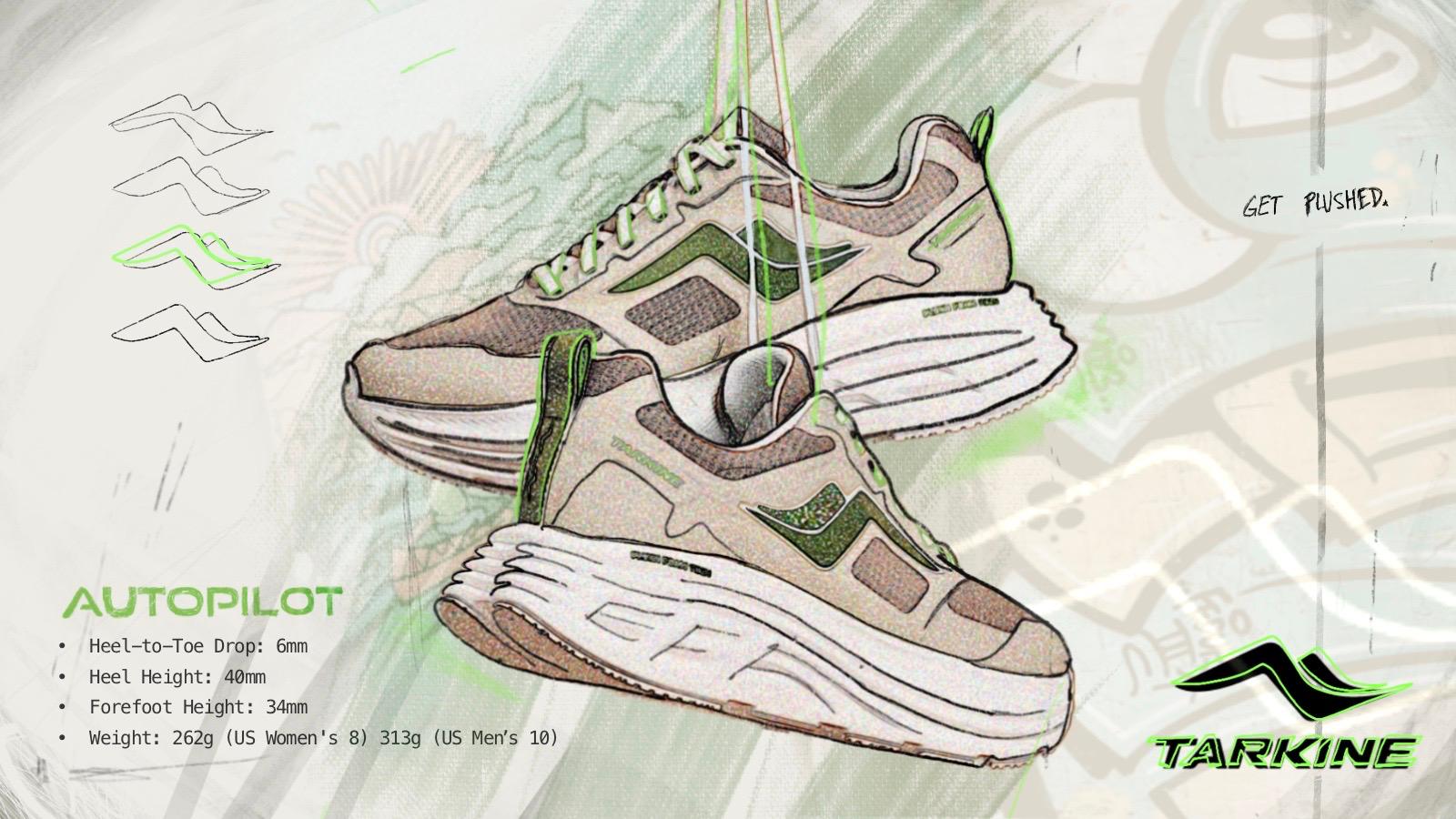There are numerous hydration products on the market, promising to keep you hydrated and energized during your runs. However, optimal performance requires more than just water and sugar.
After a run, have you noticed a thin film of salt on your skin? This salty residue is a sign that your body is losing electrolytes through sweat. Sweat contains a blend of electrolytes, vital for maintaining fluid balance and muscle function. Jonathan Toker, Ph.D., an organic chemist and elite trail runner who founded SaltStick, explains, “Electrolytes are ions that conduct electrical activity and are essential for maintaining proper fluid balance and muscle function.”
 Low electrolyte levels can negatively impact performance, leading to muscle fatigue, cramping, poor heat regulation, and disorientation. In severe cases, consuming large amounts of water without enough electrolytes can cause hyponatremia, a dangerous condition characterized by very low sodium levels in the blood.
Low electrolyte levels can negatively impact performance, leading to muscle fatigue, cramping, poor heat regulation, and disorientation. In severe cases, consuming large amounts of water without enough electrolytes can cause hyponatremia, a dangerous condition characterized by very low sodium levels in the blood.
“Even a 2% loss in body weight from dehydration can impair exercise performance,” says sports dietitian Renee McGregor. “Research consistently shows that fluid intake and proper hydration are vital during exercise, particularly during long training sessions and competitive events. Proper fluid intake helps maintain hydration, regulate body temperature, and sustain blood volume.”
What Are Electrolytes?
Electrolytes are charged particles that become conductive when dissolved in water. Given that about 60% of an adult’s body is water, electrolytes are present in nearly every bodily fluid and cell. They are essential for regulating chemical reactions and maintaining fluid balance inside and outside cells.
Electrolytes are derived from the food and beverages you consume. Excess electrolytes are filtered out by the kidneys and excreted in urine, and they are also lost through sweating.
 Electrolytes are crucial for muscle function as they enable cells to conduct electrical charges necessary for muscle contractions. These charges also facilitate important chemical reactions, especially those related to hydration and fluid balance.
Electrolytes are crucial for muscle function as they enable cells to conduct electrical charges necessary for muscle contractions. These charges also facilitate important chemical reactions, especially those related to hydration and fluid balance.
In essence, electrolytes help your body maintain proper balance at a chemical level. Just as electricity moves through ions in saltwater, your body uses ions to transport chemical compounds across cell membranes.
Consequences of Low Electrolytes
Maintaining optimal plasma volume and body temperature is essential for peak performance. According to McGregor, dehydration can cause a rise in core temperature, reduce plasma volume, increase heart rate, and accelerate fatigue. Dehydration can also impair cognitive function, leading to symptoms like gastrointestinal distress, nausea, bloating, fatigue, impaired concentration, and dizziness.
Electrolytes can be replenished through drinks, dissolvable tablets, and salt capsules. Most products offer about 250-300mg of sodium per serving, but some, like those from Precision Hydration, have higher sodium content. For ultra-distance events, real food like salted peanuts, mashed potatoes with cheese or Marmite, cheese straws, and jerky can also help maintain electrolyte levels.
Determining Your Electrolyte Needs
Runners typically lose between 400 to 2,400ml of sweat per hour of exercise, with an average of 1,200ml per hour. Sodium loss can range from 115mg to over 2,000mg per liter of sweat. “A sweat test can determine your sodium loss, but as a guideline, I recommend around 700 to 900mg of sodium per liter of fluid during long training and competition,” says McGregor. This can be achieved with a combination of electrolyte tablets, powders, energy drinks, and whole food.
Choosing the right formula and amount is crucial. Chewable electrolytes can ensure consistent intake. Women might experience higher sodium losses during the luteal phase of their menstrual cycle due to increased core temperature and sweat rates.
When to Take Electrolytes
Electrolyte needs vary with temperature and activity. In hotter conditions or during long runs, more sodium is lost.
Before the Run: For long events, McGregor suggests drinking electrolytes 24 hours before the race. For shorter runs, this may not be necessary.
During the Run: For long runs or races, aim for 700-900mg of electrolytes per liter of fluid. Starting with 350mg sodium in a 500ml bottle is a good guideline.
After the Run: Post-run, it’s essential to replace electrolytes. “Cow’s milk is an excellent option as it not only replaces fluid but also provides the right ratio of carbohydrates and protein for recovery, and is rich in electrolytes,” McGregor recommends.
Staying on top of your electrolyte intake is key to maintaining peak performance and ensuring effective recovery after your runs.



























